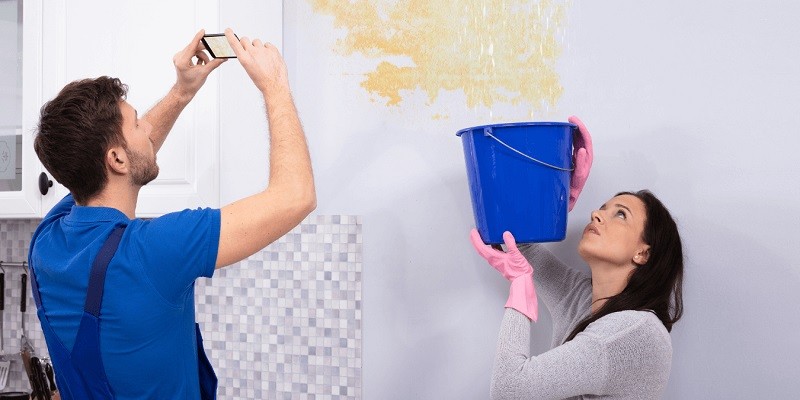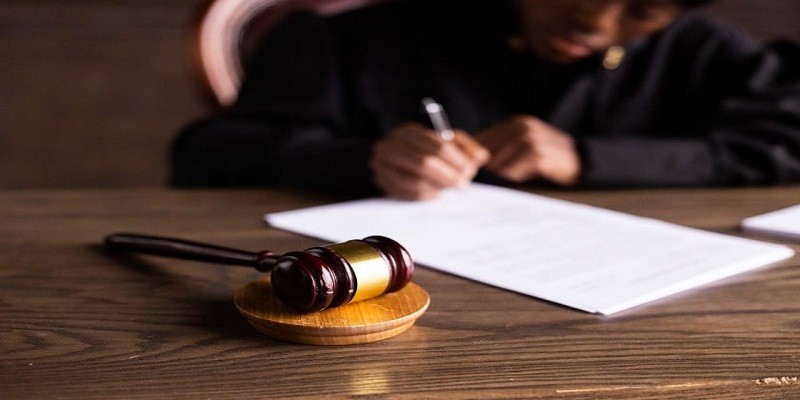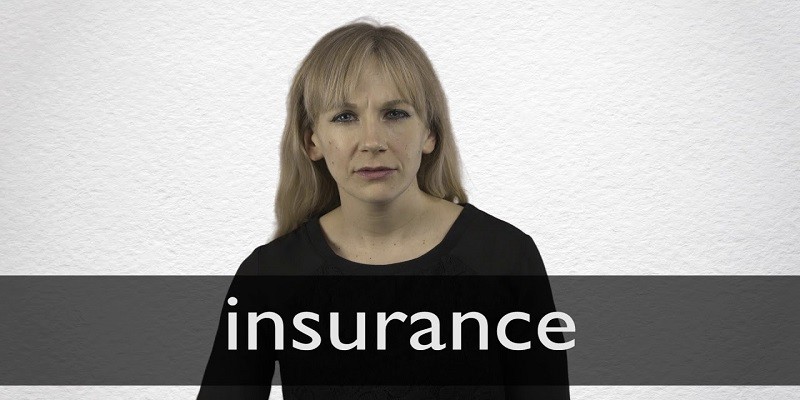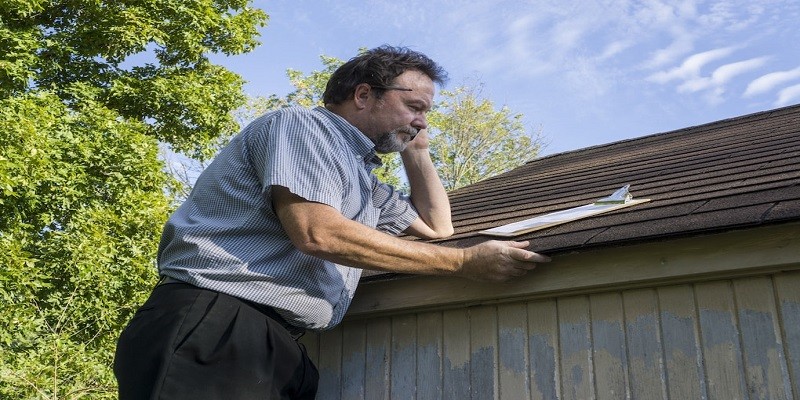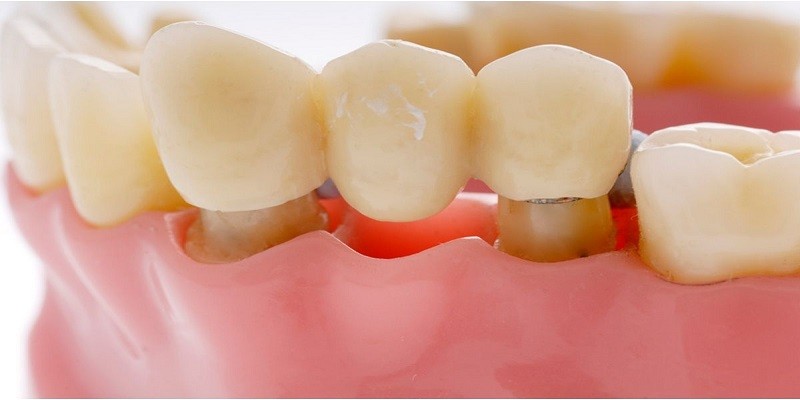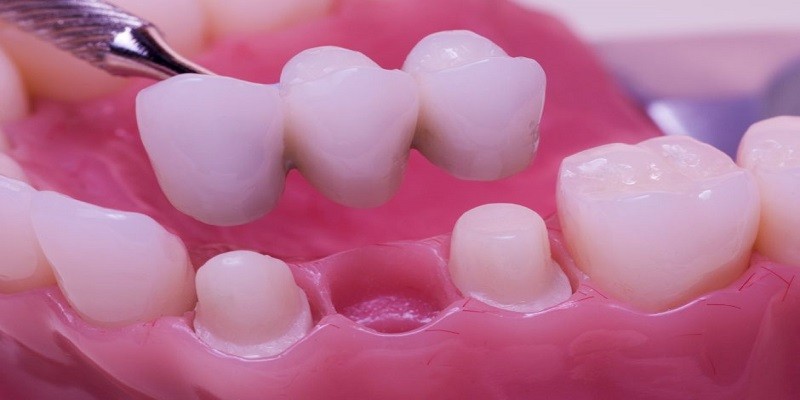If you’ve had the unfortunate experience of dealing with a water leak, you know how much of a hassle it can be. The good news is that if you have insurance, you may be covered for some or all of the damage. Here’s what you need to know about making a successful water leak insurance claim.
The first step is to contact your insurance company and let them know about the leak. They will likely send an adjuster to inspect the damage and determine how much the policy will cover. Be sure to take photos of the damage before the adjuster arrives so that you have documentation.
The next step is to start making repairs. This can be costly, so it’s important to get several estimates before proceeding. Your insurance company may require that you use a certain contractor, so be sure to check with them first.
Once the repairs are made, keep all receipts and documentation as this will be needed for your claim.
Finally, file your claim with your insurance company. They will likely reimburse you for a portion of the repairs, depending on your policy coverage.
Be patient as claims can sometimes take awhile to process. If everything goes smoothly, soon you’ll be back to enjoying your home without worrying about water leaks!
- Find the source of the leak and make sure it is repaired
- This may require the help of a professional
- Take photos or video of any damage caused by the leak, including water stains, mold, or other property damage
- Contact your insurance company to start a claim
- Make sure to have your policy number handy and be prepared to answer questions about the incident
- Your insurance company will likely send an adjuster to assess the damage and determine how much they will pay for repairs
- Be sure to cooperate with their investigation and provide any requested documentation
- Once repairs are made, send your insurance company proof of payment so they can reimburse you for covered expenses
How to make a successful water leak insurance claim
How Can I Maximize My Water Damage Claim?
Water damage is one of the most common types of damage that homeowners insurance claims adjusters handle. In order to maximize your water damage claim, it is important to take immediate and appropriate action following any type of water intrusion in your home. The first step is to contact your insurance company to report the claim and start the claims process.
Once you have reported the claim, you will need to take steps to mitigate the damage by stopping the source of the water (if possible) and starting the drying process. It is important to document all damages with photos or video so that you can provide this evidence to your insurance company. You should also keep receipts for any expenses related to mitigating or repairing the damage.
The next step is to work with a qualified contractor who can assess the damages and provide an estimate for repairs. Once you have an estimate, you can submit this along with your other documentation to your insurance company for reimbursement.
It is important to note that every insurance policy is different and coverage may vary depending on the cause of the water damage.
For example, some policies exclude flooding caused by heavy rains or storms, so it’s important to know what your policy covers before filing a claim. If you have questions about your coverage or are unsure about how to proceed, it’s always best to contact your insurance agent or company for guidance.
What is Considered Sudden And Accidental Water Damage?
According to the Insurance Information Institute, sudden and accidental water damage is defined as “damage that occurs unexpectedly and as a result of an identifiable event.” This type of water damage is typically covered by homeowners insurance policies.
Some common examples of events that could cause sudden and accidental water damage include:
-A broken pipe or hose
-A leaky appliance, such as a washing machine or dishwasher
– Heavy rains or storms that cause flooding
Is a Slow Leak Covered by Insurance?
There are a few things to consider when it comes to whether or not a slow leak is covered by insurance. The first is the type of insurance you have. Homeowners insurance typically covers water damage, so if the leak is coming from within your home, it should be covered.
However, if you have renter’s insurance, it may not cover water damage unless it’s specifically listed in your policy.
The second thing to consider is the source of the leak. If the leak is coming from a pipe within your home, it will likely be covered by insurance.
However, if the leak is coming from an outside source, such as a broken sprinkler head, it may not be covered.
Lastly, you’ll need to consider the amount of damage that has been done. A small leak that has caused minimal damage may be covered by insurance, but a large leak that has caused extensive damage is less likely to be covered.
If you’re unsure whether or not your particular situation would be covered by insurance, it’s best to contact your insurer directly and ask.
Is a Water Leak Covered by Homeowners Insurance?
Yes, a water leak is typically covered by homeowners insurance. However, there may be some instances where coverage is limited or excluded. For example, if the leak is caused by negligence or failure to maintain the property, it may not be covered.
Additionally, flood damage is typically excluded from standard homeowners insurance policies, so any leaks that occur as a result of flooding would likely not be covered.

Credit: smarterfinances.co.uk
Water Damage Insurance Claim Tips
If your home or business has been damaged by water, you may be wondering if your insurance will cover the cost of repairs. Water damage is one of the most common types of property damage, and unfortunately, it’s also one of the most difficult to get covered by insurance. Here are a few tips to help you make a successful claim:
1. Read your policy carefully. Many policies exclude coverage for water damage caused by flooding, so it’s important to know what your policy covers before you file a claim. If you’re not sure, contact your agent or insurer for clarification.
2. Document the damage. Take pictures or videos of the affected areas as well as any damaged belongings. This will be helpful when filing your claim and estimating repair costs.
3. Don’t delay in filing your claim. Most policies have a time limit for reporting damages, so it’s important to act quickly after the incident occurs.
4. Get multiple estimates for repairs .
Be sure to get at least three estimates from qualified professionals before submitting them to your insurer . This will help ensure that you’re getting a fair settlement .
5 .
Understand the claims process . Each insurer has their own process for handling claims , so it ‘ s important that you understand what ‘ s required of you during each step . This will help avoid any delays in getting your claim approved .
6 . Stay organized and keep good records throughout the process . This includes all correspondence with your insurer , repair estimates , invoices , receipts , etc .
Conclusion
If your home has suffered water damage from a leak, you may be able to make a successful insurance claim. Here are some tips on how to make a successful water leak insurance claim:
1. Take pictures or video of the damage as soon as possible.
This will help document the extent of the damage for your insurance company.
2. Contact your insurance company as soon as possible to start the claims process.
3. Be prepared to provide details about the cause of the leak, when it occurred, and the extent of the damage.
4. Keep all receipts for repairs or replacement items so that you can submit them to your insurance company for reimbursement.
5. Follow up with your insurance company until your claim is resolved.

